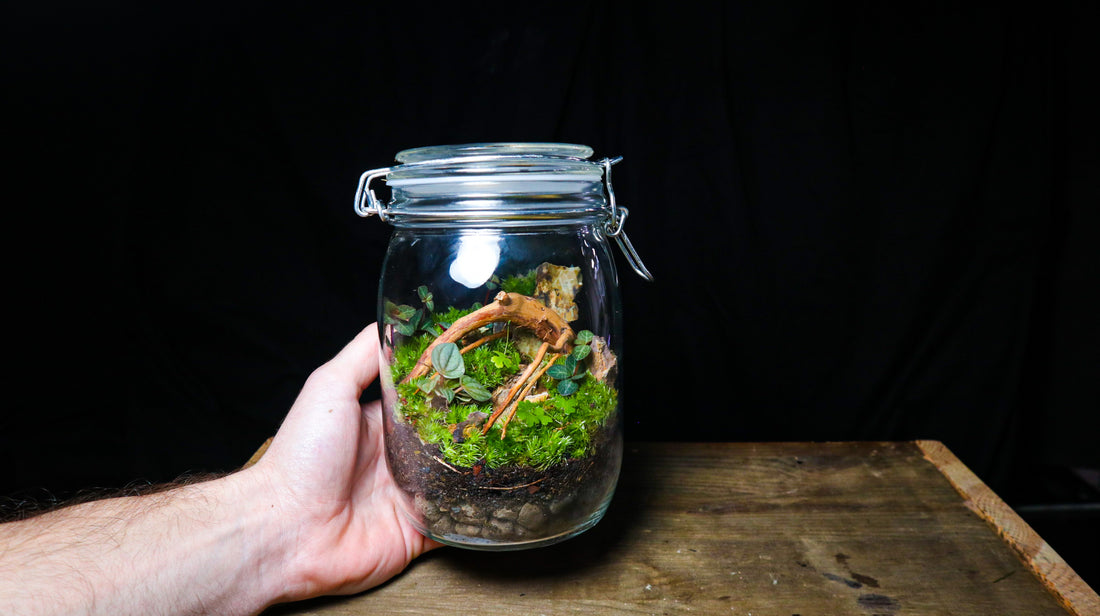
Terrariums: Bringing Nature Indoors
Terrariums are a unique and fascinating way to bring a little piece of the outdoors inside. These miniature gardens, typically housed in glass containers, are easy to care for and can provide a beautiful and low-maintenance addition to any space.

History of Terrariums
Terrariums have been around since the mid-1800s, when they were first developed as a way to study plant growth and behavior. Nathaniel Bagshaw Ward, a botanist and inventor, is credited with creating the first terrarium in 1842. His idea was to create a self-sustaining ecosystem that would allow him to study plants in a controlled environment. His invention was an immediate success and soon became popular as a way to transport exotic plants across long distances.
Types of Terrariums
There are many different types of terrariums, ranging from small, simple designs to larger, more complex creations. Some popular types of terrariums include:
-
Closed terrariums: These are completely sealed containers that allow for a self-sustaining ecosystem. They are typically low-maintenance and can go weeks or even months without being watered.
-
Open terrariums: These are not sealed, and typically require more frequent watering and maintenance. They can be more visually interesting than closed terrariums, as you can see the plants grow and change over time.
-
Succulent terrariums: These are terrariums that feature succulent plants, which are low-maintenance and require little water. They are perfect for those who want a unique and visually interesting plant without the hassle of frequent watering.
Creating Your Own Terrarium
Creating your own terrarium is a fun and creative project that can be done with just a few simple materials. Here's how to get started:
1. Choose a container: The container should be clear and have a wide opening to make it easier to create. Some popular options include glass bowls, jars, or vases.
2. Choose your plants: Choose plants that are small and low-maintenance. Some popular options include Fittonia, Ficus pumila, and ferns.
3. Add drainage: This is the material that will go in the bottom of the container to hold any excess water. Some popular options include LECA & pebbles.
4. Place in your substrate (soil mix), this is the lifeline of you terrariums health so make sure you use a good mix that; holds moisture, is well draining, resistant to compression and provides nutrients for the plants.
5. Plant your plants: Add your plants to the container, making sure to leave enough space for them to grow. You can also add decorative elements like rocks, figurines, or moss.
6. Water and maintain: Depending on the type of terrarium you've created, you may need to water it occasionally. Closed terrariums typically require less water than open terrariums, but it's important to monitor the plants and adjust watering as needed, the substrate should be damp & not wet or soggy!
For a detailed guide on terrarium making, check out my Ebook! 
In conclusion, terrariums are a fun and unique way to bring a little piece of nature inside. Whether you're looking for a low-maintenance plant for your home or office, or want to try your hand at creating your own miniature garden, terrariums are a great option for any plant lover